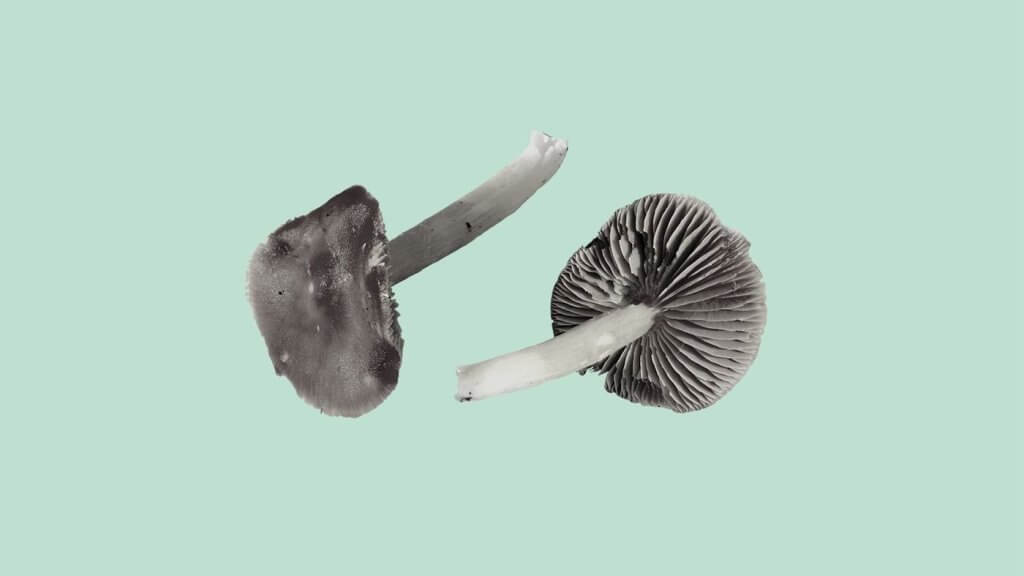Also known as lamella, a gill is the underside structure of a mushroom cap. Identifying edible mushrooms with gills involves careful observation of various features, including gill attachment, gill color, and spore print.
There are various types of mushroom gills. Some are poisonous, and others edible. To distinguish the non-poisonous mushroom, it’s necessary to understand the various structures of a mushroom. The color, shape, and habitat.
Having a field guide can help forage mushrooms. With it, you’re confident the mushrooms you’ll gather are safe. Also, never forget the golden rule in mushroom foraging, NEVER eat a mushroom until you’re 100% sure it’s safe.
This article guides you through all you need to know about foraging edible gilled mushrooms and whether it’s okay to eat mushroom gills.
What Are You Foraging For Right Now?
We're thrilled to hear your ideas. What would you like to submit today? Feel free to share your thoughts and experiences with us.
How can I identify edible mushrooms with gills?
Although not all mushrooms have gills, lamellae are essential in identifying the mushroom species.
Now, let’s consider some categories of unique gill attachments in mushrooms.
1. Gill Color
Different gilled mushrooms produce different spore colors.
Edible Mushrooms: Spore prints can vary but are often white, cream, brown, or pink.
Poisonous Mushrooms: Spore prints can be different colors, and noting the color can assist in identification.
How Do You Perform A Spore Test?
Cut the mushroom cap, and place it over a white or black piece of paper. Cover the cap with a bowl to prevent wind from blowing the spores away.
Then, wait for about 5 hours, and the spore will have formed on the paper. It’s that simple.
2. Gill Spacing
Edible mushrooms typically have free or attached gills that are closely spaced, and the color can range from white to various shades of pink, brown, or even green.
In poisonous mushrooms, gills are often crowded or widely spaced, and they might be a different color than those of edible mushrooms. Some poisonous mushrooms have gills that are brightly colored or stain a specific color when bruised.
3. Stem
Edible Mushrooms: Stems are often cylindrical, solid, and firm. They may be smooth or have a fibrous texture.
Poisonous Mushrooms: Stems can be bulbous, scaly, or have a ring. Some may have distinctive features like a volva (cup-like structure at the base).
4. Stipe attachment
The stipe attachment of a mushroom refers to the way the stem (stipe) of the mushroom is attached to the cap.
- Free:
- The stipe is not attached to the cap; there is a gap or space between the cap and the top of the stem. This is common in many edible mushrooms, including chanterelles.
- Attached:
- The stipe is attached directly to the center or along the entire length of the cap. This attachment can vary in how firmly it’s attached. Many edible mushrooms, such as Agaricus bisporus (common white button mushroom), have an attached stipe.
- Adnate:
- The stipe is broadly attached to the cap, forming a connection that is flat against the cap. This is common in some edible polypore mushrooms (hen of the woods, lion’s mane, dryad’s saddle).
- Decurrent:
- The gills are not only attached to the stem but extend down it. This can create a “folded” appearance along the stem. Some edible mushrooms, such as certain species of oyster mushrooms (e.g., Pleurotus ostreatus), exhibit decurrent gills.
- Sinuate:
- Similar to decurrent, but the gills form a slight wave or sinus at the point of attachment to the stem. This is seen in some species of milk caps (Lactarius), and some are edible.
- Running Down:
- The stipe has a downward extension, or “root,” which may penetrate the substrate (like the soil). This is common in some Amanita species. While there are some Amanita species that are considered edible, many are deadly so caution in foraging these mushrooms is essential.
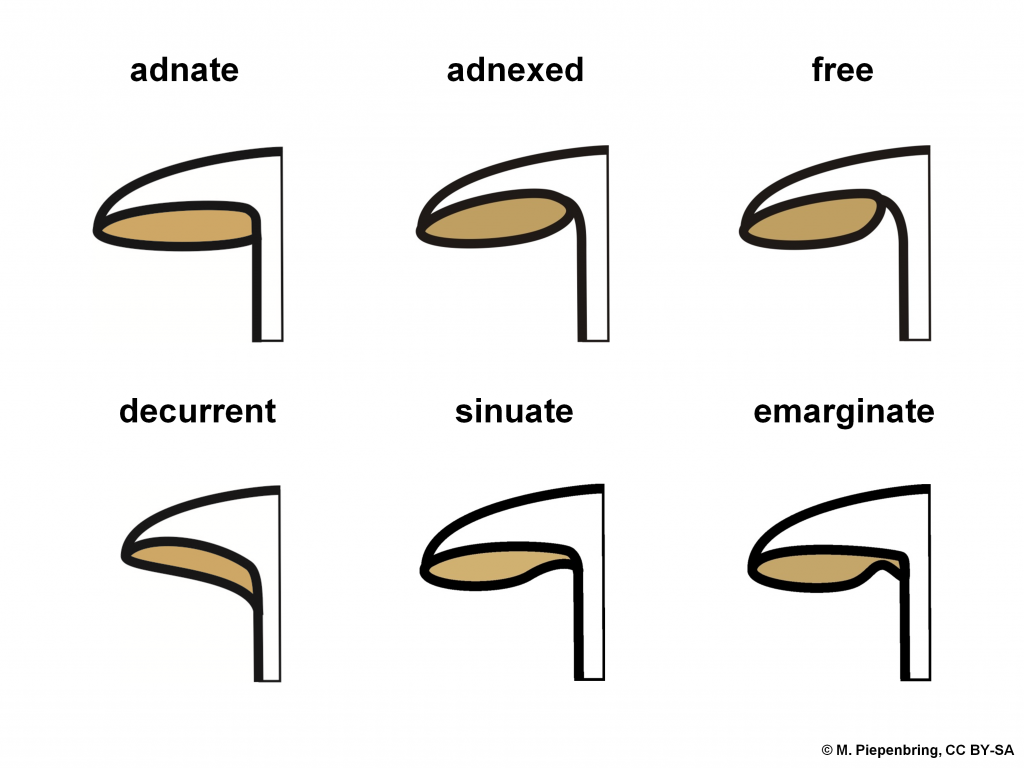
Is It Okay To Eat Mushroom Gills?
In general, the gills of mushrooms are safe to eat.
However, it’s important to consider the specific mushroom species, as some mushrooms are toxic, and their gills may contain harmful substances. Certain poisonous mushrooms may have gills that are brightly colored, unusual in shape, or produce a distinctive spore print.
Common Edible & Inedible Mushrooms with Gills
Inedible
Several inedible or poisonous mushrooms with gills exist, and it’s important to be able to recognize them to avoid accidental ingestion.
Here are a few examples of inedible or toxic mushrooms that have gills:
- Amanita phalloides (Death Cap):
- This is one of the most toxic mushrooms, responsible for many mushroom poisonings worldwide. It has a greenish to yellowish cap, white gills, and a characteristic sac-like volva at the base of the stem.
- Amanita muscaria (Fly Agaric):
- While not typically lethal, the Fly Agaric contains toxins and is known for its bright red cap with white spots. It has white gills and a distinctive ring on the stem.
- Galerina marginata:
- Often mistaken for edible mushrooms, this small brown mushroom contains the same deadly toxins as the Death Cap. It has a brown cap, brown gills, and a small, brownish stem.
- Inocybe spp.:
- Some species of Inocybe mushrooms are toxic and can resemble edible mushrooms. They have varied colors, often with brown or grayish gills.
- Cortinarius spp.:
- Many mushrooms in the Cortinarius genus are inedible and can be toxic. They often have rusty brown spore prints and may have gills ranging from white to brown.
- Entoloma spp.:
- Some mushrooms in the Entoloma genus are inedible and may have gills with a pinkish or purplish tint. They can be found in a variety of colors.
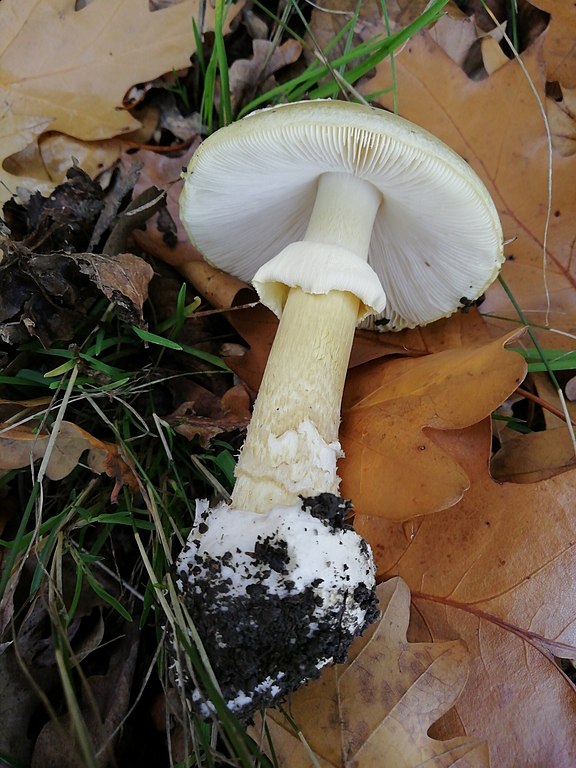
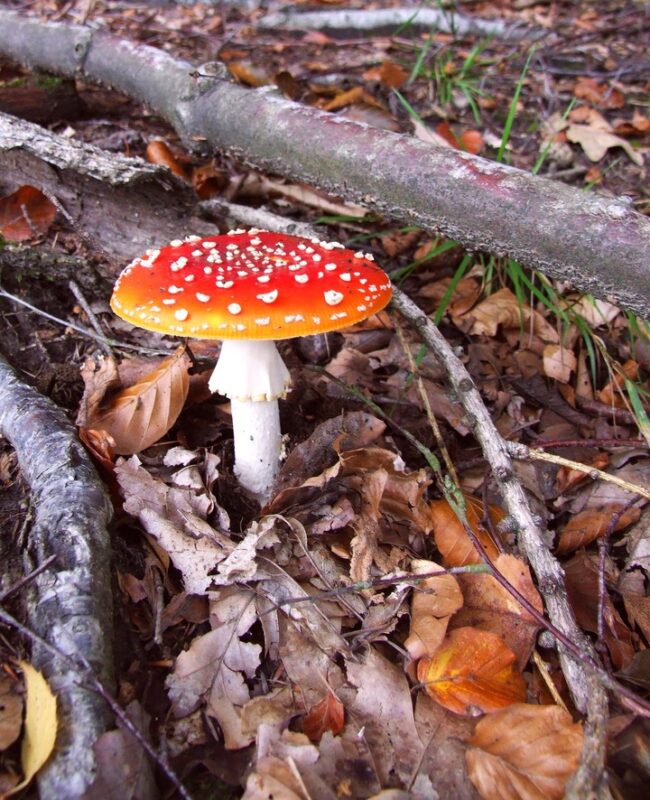
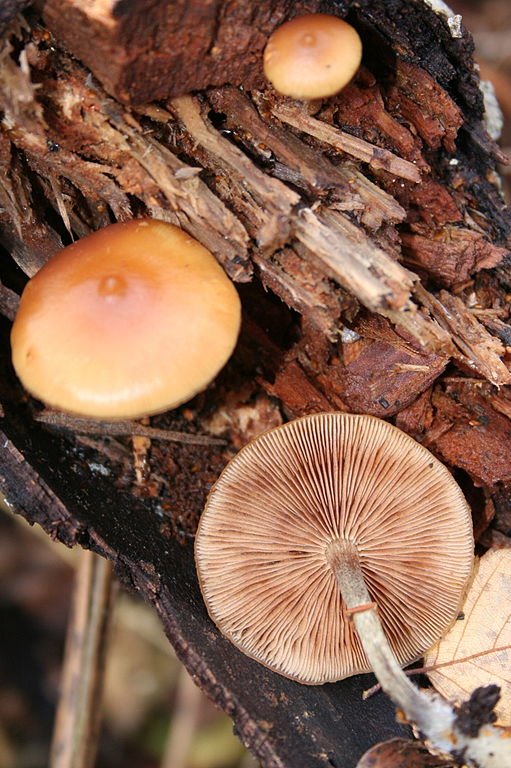
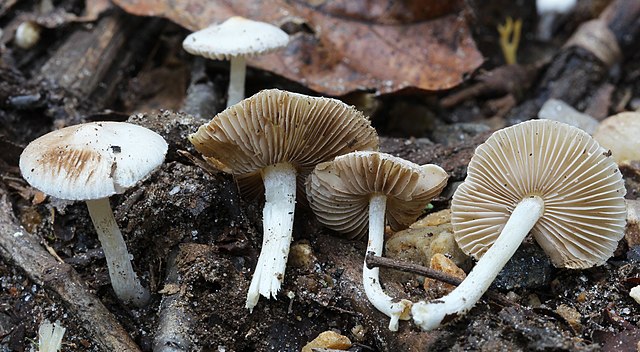
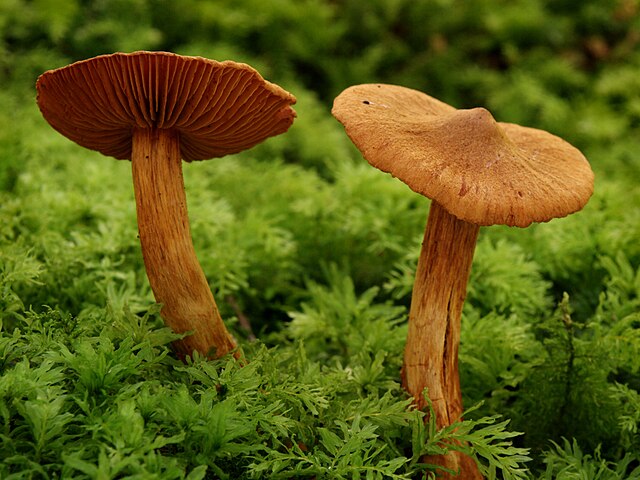
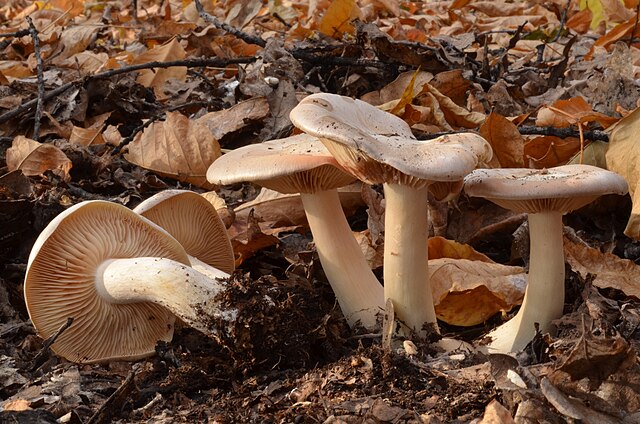
Check our video on the 7 most poisonous mushrooms growing in the US (mushroom details and ingestion symptoms included)!
Edible
There are several common edible mushrooms with gills that can be found in the United States.
Here are some examples:
- Agaricus bisporus (Common White Button Mushroom):
- Widely cultivated and commonly found in grocery stores, this mushroom has a white to cream cap and gills. As it matures, it may become the Cremini or Portobello mushroom.
- Pleurotus ostreatus (Oyster Mushroom):
- Recognized by its oyster-shaped cap and gills, the Oyster Mushroom comes in various colors, including white, pink, and yellow. It is a popular edible wild mushroom.
- Lentinula edodes (Shiitake Mushroom):
- Known for its umbrella-shaped cap, the Shiitake Mushroom has broad, white gills when young, turning darker as it matures. It is widely used in Asian cuisine.
- Agaricus campestris (Meadow Mushroom):
- Similar in appearance to the common white button mushroom, the Meadow Mushroom has a white to cream cap and gills. It’s found in grassy areas.
- Cantharellus cibarius (Chanterelle):
- Recognized by its trumpet-shaped cap and gills, the Chanterelle is highly sought after for its delicate flavor. It can range in color from yellow to orange.
- Armillaria mellea (Honey Mushroom):
- Recognizable by its honey-colored cap and white gills, the Honey Mushroom is edible when cooked. However, it can cause gastrointestinal upset in some individuals.
- Coprinus comatus (Shaggy Mane):
- Shaggy Mane mushrooms have long, shaggy caps and a delicate flavor.
- Craterellus cornucopioides (Black Trumpet):
- Black trumpets have a distinctive funnel shape and a rich, smoky flavor.
- Lactarius indigo (Indigo Milk Cap):
- Unlike some other Lactarius species, the Indigo Milk Cap has gills that are notched or attached to the stem.
- Clitocybe nuda (Wood Blewit):
- Wood Blewits have convex to flattened caps with a distinctive lilac to violet color. The gills are close, broad, and often have the same color as the cap.
- Stropharia rugosoannulata (Wine Cap):
- Gills are crowded, initially pink, and later turning dark purple-brown as the mushroom matures.
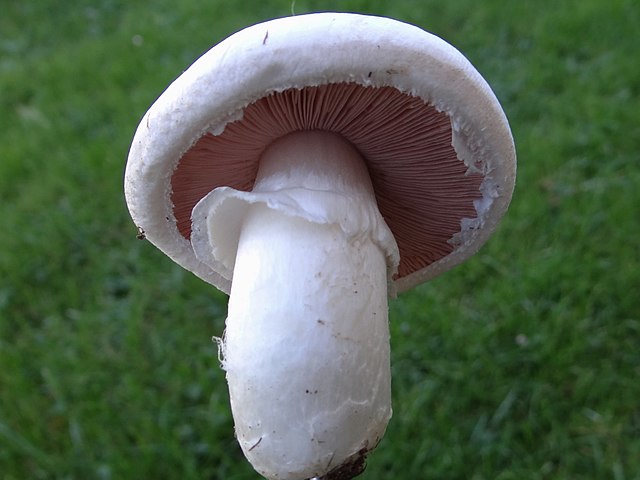
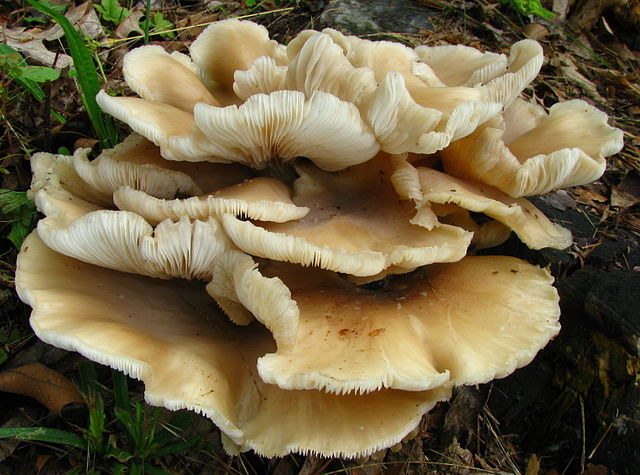

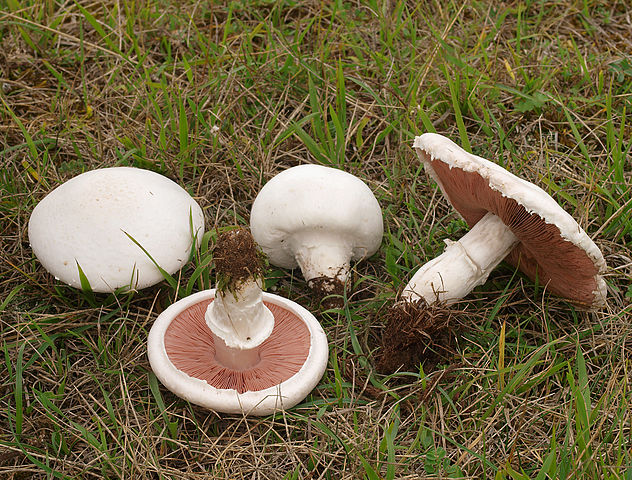
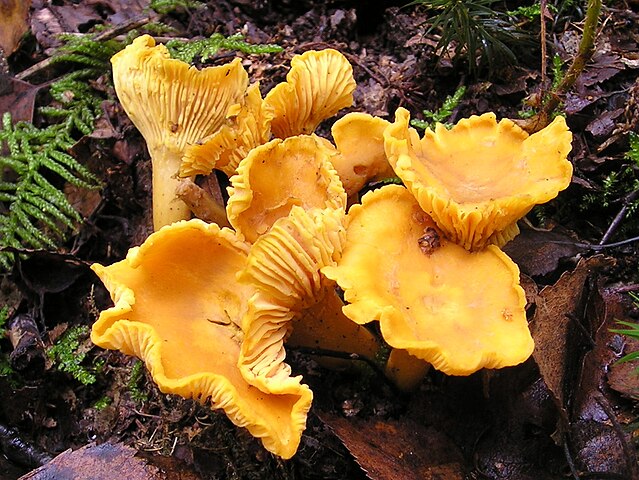

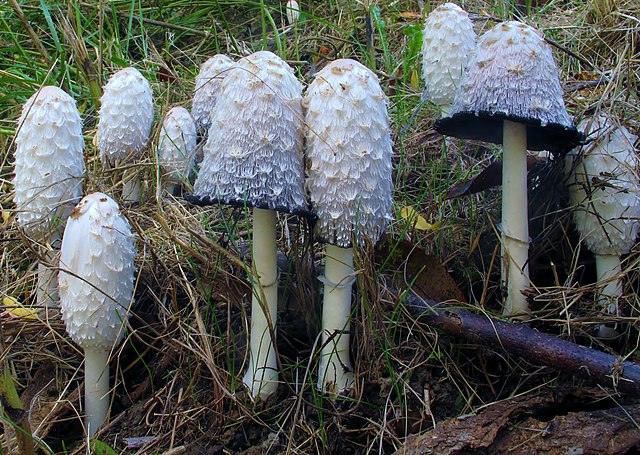
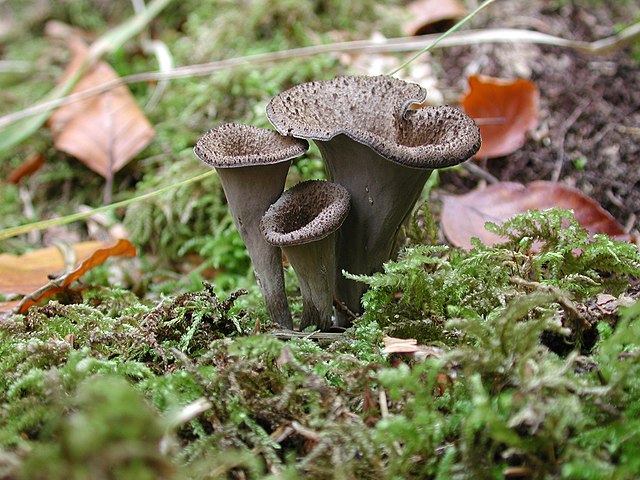
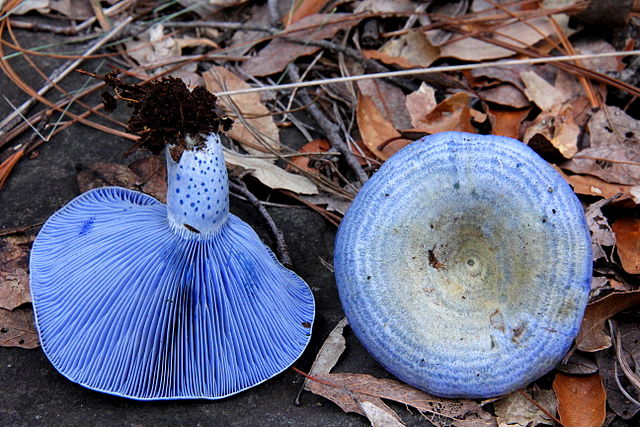
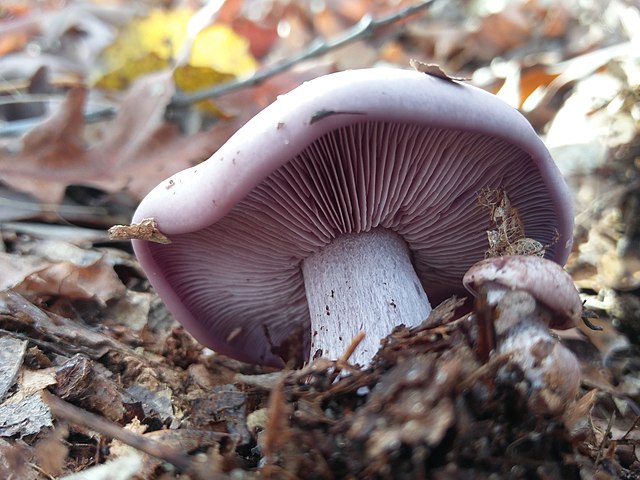
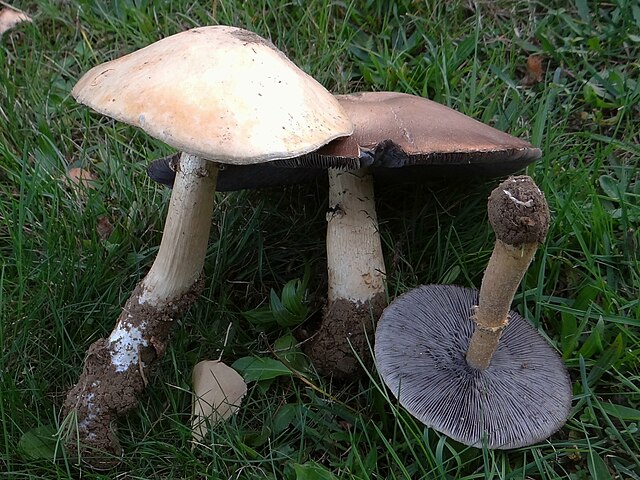
How Do You Clean Mushroom Gills?
To quickly clean mushrooms with gills:
- Trim stems if needed.
- Inspect for debris.
- Gently brush with a soft brush or wipe with a damp cloth.
- Pat dry with a paper towel.
- Cook immediately to preserve freshness.
Avoid soaking mushrooms to prevent water absorption.
Ana has always been interested in all things nature and flora. With her expertise in home gardening and interest in foraging, she has been spending her weekends and free time looking for edible native plants, flowers, and fungi. One of her many hobbies includes testing new savory and sweet recipes, juices or teas made from freshly picked plants, wild fruits, or mushrooms.

